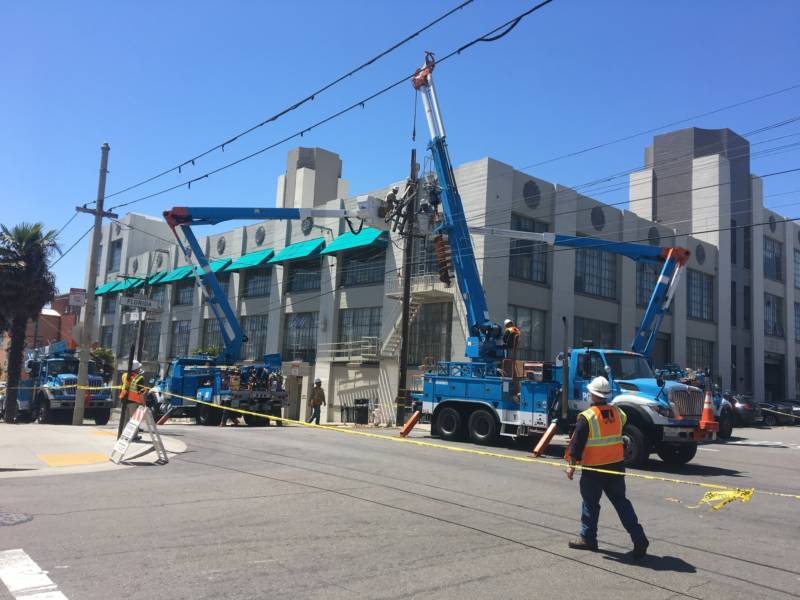She ordered the utility to perform an audit of its performance during the outages that began Wednesday, saying the utility clearly did not adopt many of the recommendations state officials have made since being granted authority to begin preemptive power shutoffs last year. The review is due by Thursday, and she ordered several PG&E executives to appear at an emergency CPUC hearing Friday.
Gov. Gavin Newsom also criticized PG&E for its performance during the outage, blaming what he called decades of mismanagement, underinvestment and lousy communication with the public. On Monday, the Democratic governor urged the utility to compensate affected customers with a bill credit or rebate worth $100 for residential customers or $250 for small businesses.
Newsom said the shutoffs affected too many customers for too long, and it is clear PG&E implemented them "with astounding neglect and lack of preparation."
Johnson, PG&E’s CEO, responded in writing to Newsom's letter Monday, noting that no fires occurred during the power shutoff. He said he welcomes the CPUC review.
"We know there are areas where we fell short of our commitment to serving our customers during this unprecedented event, both in our operations and in our customer communications, and we look forward to learning from these agencies how we can improve," Johnson wrote.
Batjer's letter also said that PG&E's service territory, design of its transmission lines and distribution network and "lack of granularity of its forecasting ability" mean it can't do preemptive power shutoffs as strategically as some other utilities, but she said it must work harder to reduce the number of customers affected by future outages.
In a separate filing with the CPUC on Monday, Mendocino, Napa and Sonoma counties and the city of Santa Rosa complained about PG&E's communications with local governments and emergency management agencies ahead of planned outages. For instance, attorneys wrote, the weather forecasting website that it uses to communicate with local agencies and emergency services is inadequate and not aligned with commonly used public emergency standards.
"It appears never to have occurred to the utility to confirm with its local public safety partners that the tool would meet their needs, nor did PG&E show the website to the local governments who had long been asking for situational awareness information before launching the website publicly," attorneys wrote.

